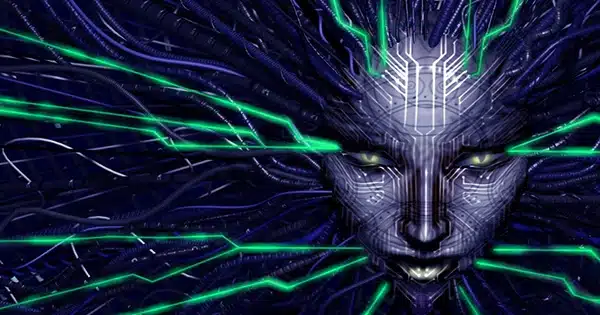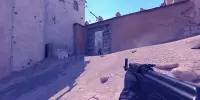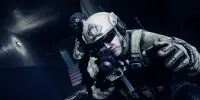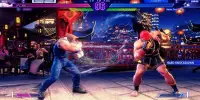System Shock, which was first published in 1994, is most known for the video games it sparked. It served as a model for games like Deus Ex, BioShock, Dead Space, and Prey because of the way it combined first-person shooting, sci-fi roleplaying, and survival horror. But it never experienced the success of its progeny; instead, it exists in the background of its offspring.
The best result a remake could produce would be to give System Shock the recognition it merits. The reboot by Nightdive Studios does this, but not in the ways you might anticipate. System Shock’s revolutionary qualities from 1994 are not necessarily what makes it a great game now, and despite the remake’s improvements, its best choices can be found in what it leaves alone.
Shodan, a rebel AI, is transformed into a megalomaniacal monster after you, an anonymous hacker, push her into removing her ethical limitations in System Shock. Shodan turns the Citadel space station into a floating petri dish, transforming the crew into docile cyborgs and cultivating a mutant virus in the botanical groves. Your mission is straightforward: stop Shodan before she can do the same to Earth.
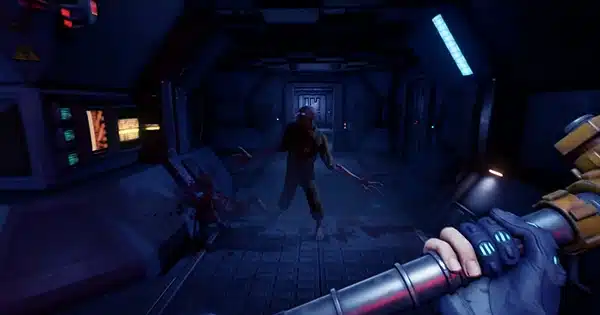
It’s a simple disaster narrative, but because of the way it’s told, it seems terrifyingly plausible. The crew of the station alternately discusses the routine operation of the station, devises breathless plans to defeat Shodan in the wake of the disaster, and sobs as they say goodbye to loved ones as the cyborgs close in for the kill in audio logs you pull from the environment as you explore. The AI herself will also be heard taunting and demeaning you via the station’s voice communications, speaking with a stammering, phase-shifting voice. Terri Brosius, who played Shodan’s original voice actress in the original recording, returns in a delightfully sinister way. Nightdive has done a great job re-recording (and, in some sections, altering) the original script.
The original System Shock blended 3D settings with pixel 2D figures visually; the screen was primarily taken up by the game’s menu, with only a small viewport in the center affording the player’s perspective. Nightdive’s rework modernizes everything by removing the HUD and reconstructing Citadel Station in real 3D. There are some nice details throughout this. Unlocking a door or injecting yourself with medicine are accompanied by expressive first-person animations, and the game’s vast assortment of weapons has been reworked into a hefty, purposeful armament. The laser rapier, which was originally little more than a suggestive blue oblong, is now a whiplike metal blade that glows with lethal promise. There are laser rifles, explosive shotguns, and the mag-pulse, which fires potent energy balls that leave glowing impressions on your adversaries.
Consistent allusions to the past can be seen throughout this modern makeover. You can see the pixels inside the textures in System Shock if you look closely at them. The original adversary designs are deployed to great effect as a result of one ability enhancement’s adverse consequences. The unusually colorful style of the original, which featured boldly painted walls and environments with intense lighting, is also largely preserved in the remake. Citadel Station is depicted in Nightdive as being more oppressive than it is in Looking Glass, yet it is not a virtual haunted house with animatronic scares. Instead, it’s a location of scientific endeavor where a terrible mistake has been made.
The age of System Shock is more visible in its systems. While Nightdive has given old weaponry entertaining input, it is an unimpressive shooter by current standards. Most adversaries are defeated by sneaking around corners and releasing a burst of shots. It works well enough given the game’s horror environment, but combat remains static and fragmented, lacking the flow of more focused shooters even with Nightdive’s many improvements.
Similarly, players who are familiar with System Shock from games such as Deus Ex and Prey should limit their expectations, as it lacks the creative toolsets and stealth possibilities of those titles. On Citadel Station, you can occasionally sneak up on adversaries, but most are defeated with weapons or grenades. Furthermore, while Shock’s combat has layers, such as numerous ammo types for most weapons and a sprinkling of abilities like an energy shield and anti-gravity boots, the possibilities for outwitting foes is far more limited.
As a result, the mechanical advances that made System Shock feel so revolutionary no longer have the same impact. Where System Shock’s age shines through is in the overall design of Citadel Station. Each floor is a tangled maze of corridors that must be slowly unpicked as you collect keycards to gain access to new areas, solve logic puzzles framed as junction boxes to unlock locked doors, and occasionally venture into cyberspace, where the game briefly transforms into abstract, six-degrees-of-freedom shooter in the style of Descent. Objectives are rarely expressed directly and are never pinpointed on a map. Instead, you must decrypt them from the recordings you collect, memorizing the step-by-step procedures for gradually disabling Shodan.
Citadel Station is essentially one giant puzzle that you solve from the inside, and figuring out that solution while fighting for your life is always intriguing. System Shock’s lessons may be different now than they were 30 years ago, but thanks to Nightdive’s restoration, there’s still a lot to learn from Looking Glass’ intellectual sci-fi terror.
